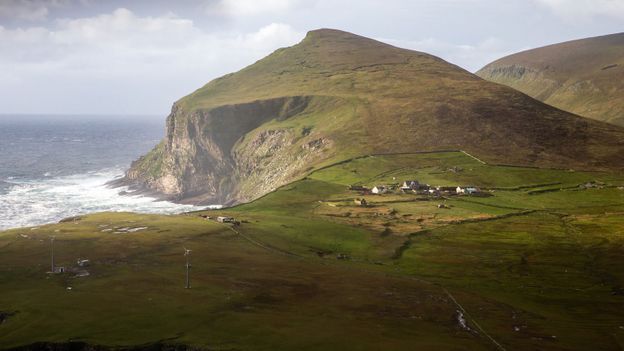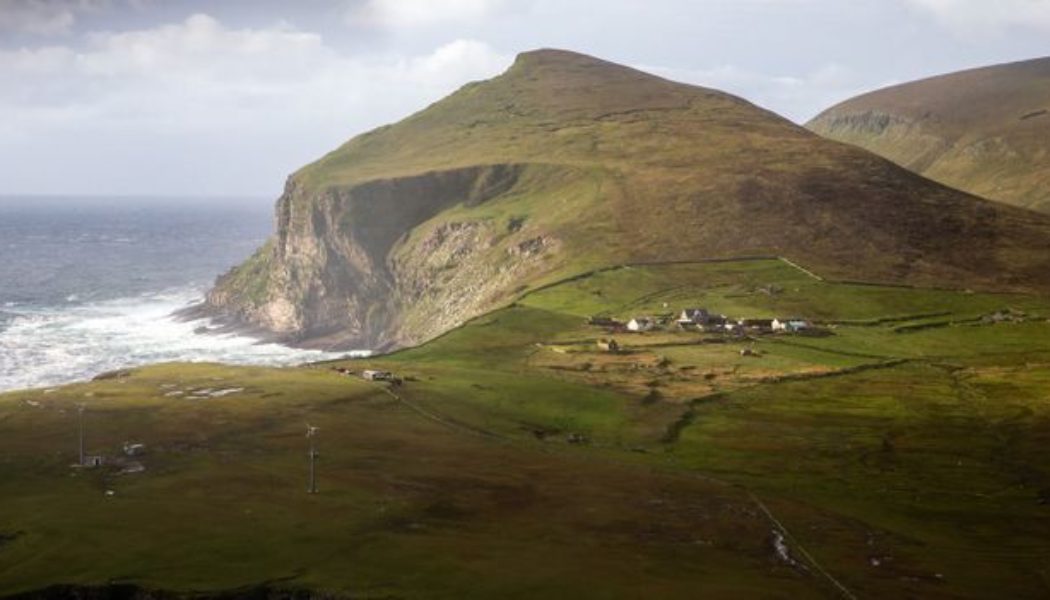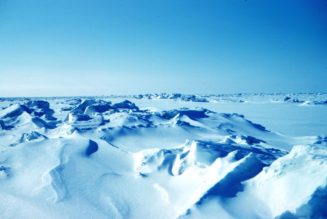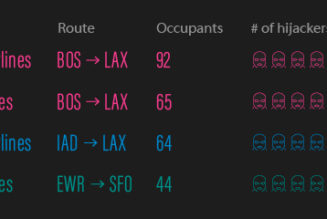
The bonxie has no claws with which to kill its prey. It does, however, have the instincts of a predator, meaning it must use its barbed beak to pitilessly peck at its victims. Lambs are not safe, and even Shetland pony foals can be targeted. One night I saw a dead rabbit on the side of Foula’s only significant road; by morning, great skuas had disassembled it to something unrecognisable. The smaller Arctic skua (skooty aalin) is hardly a shrinking violet itself, but even it loses chicks to the bonxies. The island’s sturdy crows may have larger brains and a reputation for similarly callous behaviour, but they too give way to the piratical bonxies.
Yet even these screaming brigands can’t face Foula in winter, instead flying south to Africa to scavenge, rob and kill on a whole new continent before returning in spring. “For all I’ve said about them,” continued Gear, as though trying to strike a conciliatory tone, “we’re still really glad to see them come back each time. They’re part of life here and we’re fond of them, even if we’re not so fond of their behaviour.”
Birds aside, there is extraordinary beauty on Foula, too. The majority of the settlement is on the east side of the island, sheltering from the most violent of the North Atlantic’s furies. Disparate farms are surrounded by peat moss bogs that are dutifully patrolled by mismatching Foula sheep and Shetland ponies. While these scenes can look pretty, especially with the island’s satisfying ruddy hills in the background, the north coast is significantly more beautiful.
It’s there that Garda stands, a hulking three-pronged sea stack under constant attack from the ocean. The same is true nearby at the sensational Da Kame, the site of most of Foula’s birds’ nests. They have picked an exceptionally scenic spot; among the highest cliffs in Europe, this vast avian city looks especially dramatic at day’s end when the sun’s dying rays bounce off its mighty walls as waves crash in below.
The granite landscape does a lot better here than metal – salty gales eat at vehicles, meaning they rarely last more than a few years. Up and down the road, I saw abandoned cars stripped to skeletons by the elements. When I took a walk to the island’s graveyard, I found that the same wind had feasted on headstones, leaving most of them unreadable.
Join Our Telegram Group : Salvation & Prosperity









